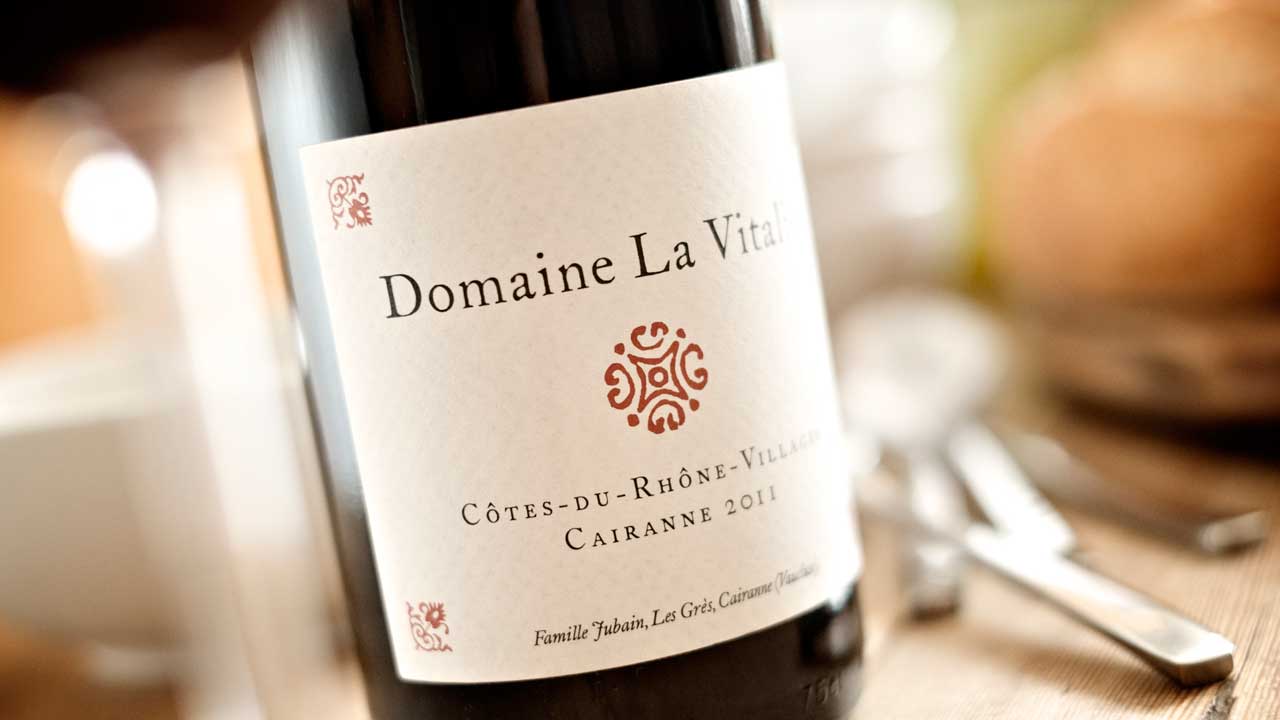Featuring 60% Grenache, 20% Syrah, 10% Carignan, 5% Mourvedre, and 5% Cinsault that was fermented with wild yeasts in concrete vats, this medium-bodied, balanced and fairly vibrant red wine with enough fruit to enjoy to after the food was finished, these bottles proved to be a worthy match to the range of the main plates: salmon, pork tenderloin and even steak. And at the price, this somewhat surprisingly delicious wine was easy to order a second then a third for a table of nearly ten.
Cotes du Rhone and its slightly more prestigious and smaller neighbor bearing the “Villages” extension are from the southern Rhone area, south central France, a much more affordable sibling to the exalted, and usually much more serious Chateauneuf-du-Pape. Featuring primarily Grenache, along with a variety of grapes including Syrah, Mourvedre, Cinsault and Carignan, with their unmistakable earthy European provenance, acidity and subtle tannins, these wines seem to demand food, and complement a wide array of preparations. These are much better consumed with a meal, as was reinforced to me some years ago when a favorite Cotes du Rhone of mine tasted flat against in a meal-free tasting along with several broadly similar New World bottles. Along with dinner, it would have certainly been the best.
With that food compatibility and wallet-friendly prices, I’ve heard that these should be everyone’s house wine. I don’t disagree. Look for it when dining out, it will usually be one of the most reasonably priced bottles, or at Spec’s, the Houston Wine Merchant or another local retailer, where it can often find a suitable bottle for between $10 and $15.

 RSS Feed
RSS Feed

